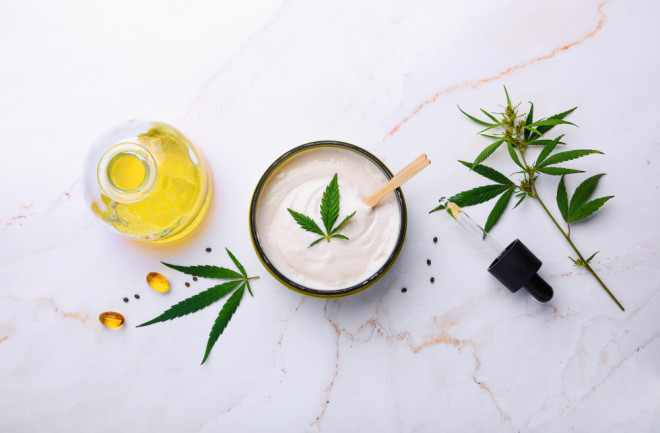Our knees ache, our backs hurt, our feet throb. Pain is one thing everybody wants gone. Unfortunately for chronic pain sufferers, many treatments come with unwanted side effects.
Opioid pain relief can cause nausea, constipation and addiction. Standard anti-inflammatory meds carry the risk of stomach issues, including bleeding. The limited options prompt many folks to try creams and lotions containing cannabidiol (CBD).

